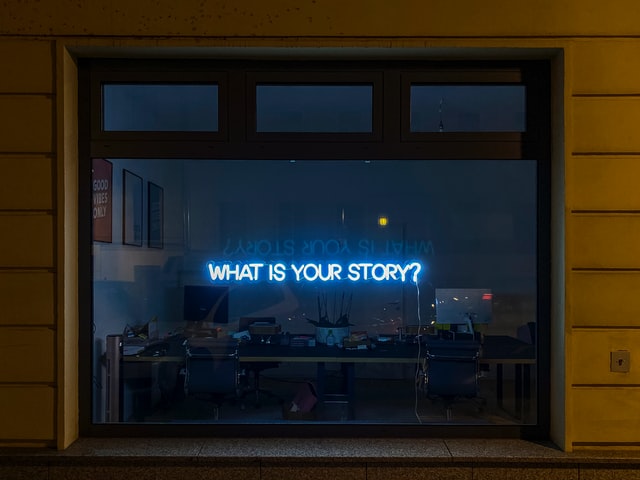
Communicate Results and Tell Stories
Creative writing improves development projects’ communication with the beneficiaries. Stories focusing on humans and their individual journeys for development could be told in attractive and engaging way. This is why RECONOMY’s co-implementing partners embark on a learning journey to explore why narrative literacy is very much important in the digital environment and how stories can become attractive way for communication of their projects’ results when displayed in blog writing format that follows the narrative structure
Communicating project’s results in written by telling attractive stories in digital environment becomes increasingly challenging these days. This is for several reasons and i’ll mentioned just few of them: our attention span is very low, our human brain receives nearly 34 GB of data daily and out of 10 readers only 2 of them are continuing to read the article after they read the title.
Knowing this, the question is how could one communicate in written the development projects’ results by telling the stories about humans overcoming obstacles and achieving progress in their lives? And how can one achieve this with less time consuming as well ?
Answering this question was the main driver that steers the energy over the course of the two-days workshop we went through together with RECONOMY partners from the Eastern Partnership countries and the Western Balkans.
Narrating project’s achievements calls-in for creativity, but also acquiring some know-how that would help those not necessarily experienced in project’s or corporate communication to express their thoughts in written way. Basically, creativity in writing could be also expressed through different formats and if expressed by following the narrative structure of telling stories, could possibly make the end-point more understandable and meaningful for the readers. “Creativity needs borders. The Earth needs gravity. Without them there is no form. No art. Only chaos” says the Oscar-winning author Mathew Mcounaghey in his autobiography book “Greenlights”. I believe, this is also the case with the creative writing, too.

Focus was placed on blog writing style as most convenient way for narrating and communicating project’s results. Blog format provides sufficient space for storytelling while the elements of blog such as call-to-action (or call-to-engagement in context of development projects) are providing opportunity for establishing the relationship with the readers. Throughout the workshop, participants were engaged on a learning journey where they had been introduced with the main elements of blog writing. In this way, they became more confident to organize the information they have on activities and results and present them with brevity and focus that keeps readers attention. Alongside with sharpening their skills in blog writing, workshop attendees were presented with most common archetype stories that exists since the beginning of the humanity.
Do you know what most archetype stories have in common?
Their focus are humans embarked on journey to overcome obstacles or achieve some goal. This fact contributes event further for the participants to make themselves confident in writing about their achievements and results of positive changes among end beneficiaries. Archetype stories are extensively important for improving the narrative literacy nowadays, and, being narratively literate nowadays brings light ahead of our journeys in the digital environment.
How do you write about your project’s success stories?

